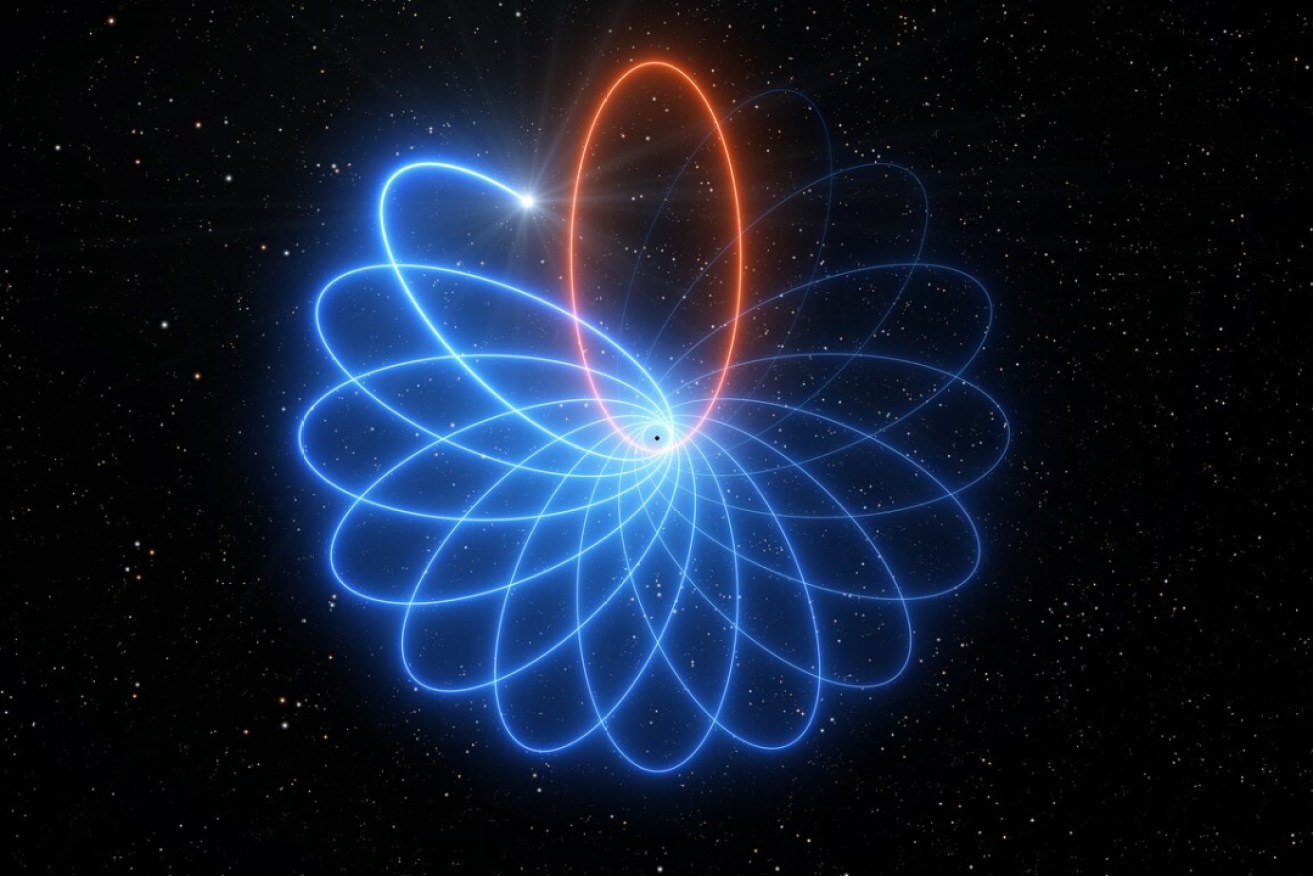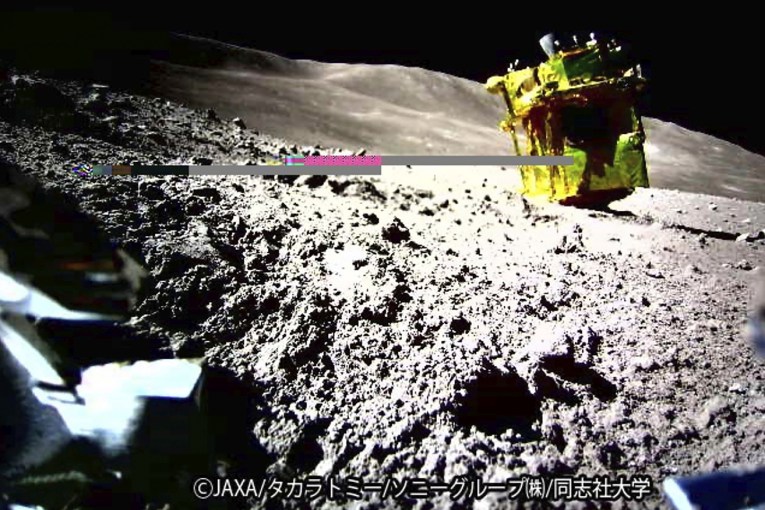Astronomers discover star ‘dancing’ – just as Einstein’s relativity theory said it would


Astronomers in Chile using one of the world's largest telescopes have found a star "dancing" around a black hole in the Milky Way. Photo: ESO
Astronomers in Chile have discovered a star dancing around a black hole in the Milky Way, just as Albert Einstein might have predicted more than a century ago.
The European Southern Observatory (ESO), a group of European astronomers that operates in Chile, announced its findings on Thursday (local time), proving Einstein’s theory applies even to a star some 26,000 light years from the Sun.
Nearly 30 years’ of measurements allowed ESO scientists to track the star as it traced a rosette-shaped orbit around the “supermassive” black hole in the Milky Way.
The star’s orbit confirms Albert Einstein’s General Theory of Relativity, published in 1915, and disproves the thoughts of his predecessor, Isaac Newton.
Newton believed it would travel in an ellipse-like pattern.
Einstein’s General Theory of Relativity, published in 1915, underpins much of what we understand of modern physics, and has long helped scientists to understand the forces of gravity.
Using one of the world’s largest telescopes, the ESO was able to map out the star’s trajectory from a vantage point atop a mountain nearly 2,700 metres above sea level in Chile’s vast and sparsely populated Atacama desert.
The region’s low humidity and smooth airflow create unrivalled visibility for the high-tech telescopes that scientists use to shed light on the formation of the universe and the possibility of extraterrestrial life.
“This long-sought-after result was made possible by increasingly precise measurements over nearly 30 years, which have enabled scientists to unlock the mysteries of the behemoth lurking at the heart of our galaxy,” the observatory said in a statement.
The discovery also provides further evidence of the existence of a black hole called Sagittarius A*, which is believed to have 4 million times the mass of the Sun, the statement said.
-with agencies








